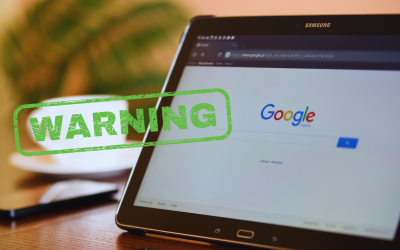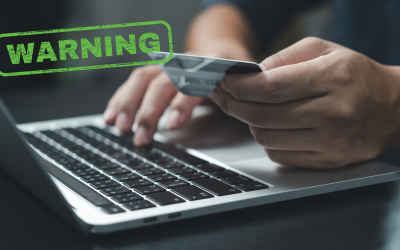It is now much easier for unsuspecting individuals to easily give away their sensitive data for no charge. As a result, the use of personal information by some of the world’s largest corporations has recently been called into question. In a business climate, information is the currency used to keep things moving in this modern world. Social media businesses are being criticized for offering up precise, targeted ads to users based on an analysis of data that they unintentionally contributed to these organizations.
What is a Digital Footprint?
Every time you go online, you leave a trail of information that you have viewed or created. This is referred to as your digital footprint. It displays your location, the info you’ve exchanged, and the traces you’ve left behind. The internet makes it incredibly simple to access and share this knowledge. As a result, whether you share photos and videos, make posts and comments, or talk online, it is critical to recognize and evaluate your digital footprint. Leaving a favorable digital footprint can be extremely useful to your reputation and future possibilities.
The information you publish on the internet can be used to create a profile of you, including your actions and interests. It’s crucial to consider who will have access to that information and to keep in mind that even if your privacy settings are strict, others may be able to copy the content and distribute it to the general public.
To summarize, it pays to consider twice before posting any type of information on the internet. You lose control of your work once you publish it online; it can be duplicated, disseminated, and draw unwanted attention quickly.
How does it work?
There are numerous ways in which your digital footprint increases. By posting to social media, signing up for a newsletter, or leaving an online review, you can purposefully share information. Sometimes it’s obvious, and sometimes it’s not.
Sites can track your activities by placing cookies on your device, and apps can collect information about you without your knowledge. You can give an organization access to your data and authorize them to sell or share it with third parties. Worse yet, as a result of a data breach, your personal information may be compromised.
Data examples from your digital footprint
Although it may seem impossible, it is not uncommon for a person’s digital footprint to contain hundreds of items. Here are some activities you may take to increase the size of your digital footprint:
Data on shopping
- Online purchasing
- Signing up for discounts or creating an account
- Registering for newsletters
- Downloading and utilizing shopping apps
Social Data
- Using social media on a computer or mobile device
- Using your social networking credentials to access websites
- Making contact with friends
- Sharing data, information, and photographs with your contacts
- Using a dating website or app
Financial information
- Making a credit card application
- Making use of a mobile banking app
- Purchasing or selling stocks
- Subscribing to financial journals and blogs
Data on reading and news
- Subscribing to a news website online
- Using a news app to read articles
- Subscribing to a publication’s newsletter
- Re-posting articles and information that you have read
So, how can you keep your digital footprint from becoming a digital problem? The most straightforward remedy is to avoid posting anything potentially embarrassing or dangerous online.
Being sensible is the best advice. A few photos of you on a night out are unlikely to get you fired, but a lengthy outburst about your boss might. If you want to express yourself on Twitter, go ahead, but try not to unleash angry, abusive rants. If you use good judgment and common sense, your digital footprint will most likely be OK. Staying safe in today’s digital age necessitates a paradigm shift in our thinking. We must all think about what kind of data we share and with whom we share it. Only then will you be able to properly control your footprint and limit the amount of data you have online.



